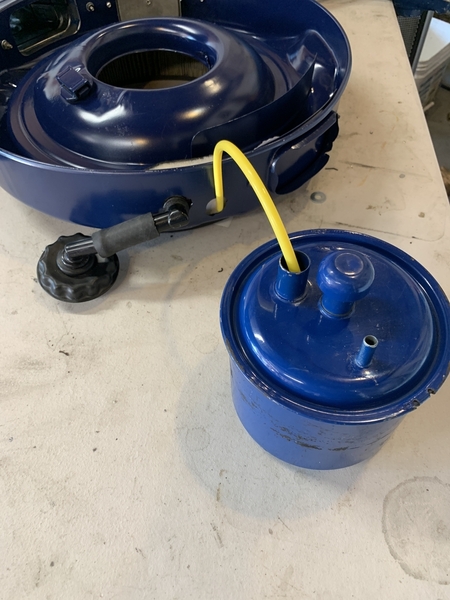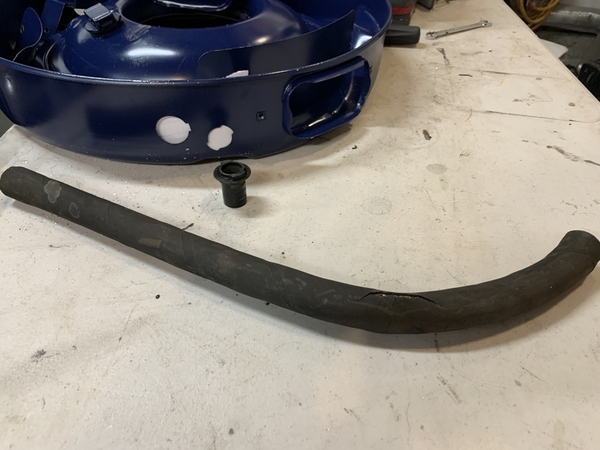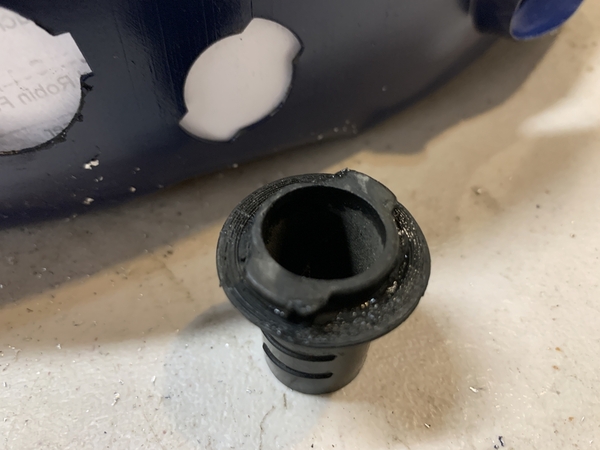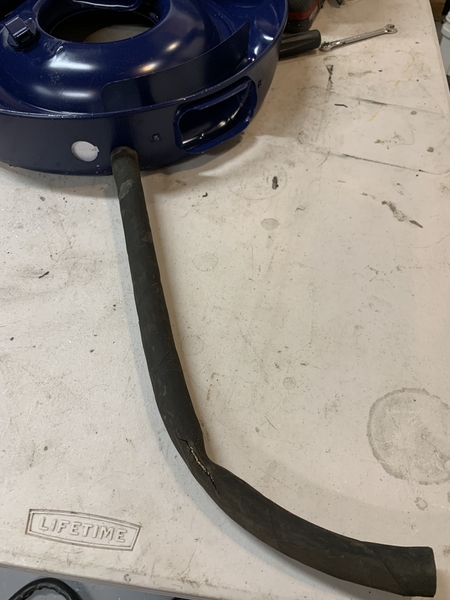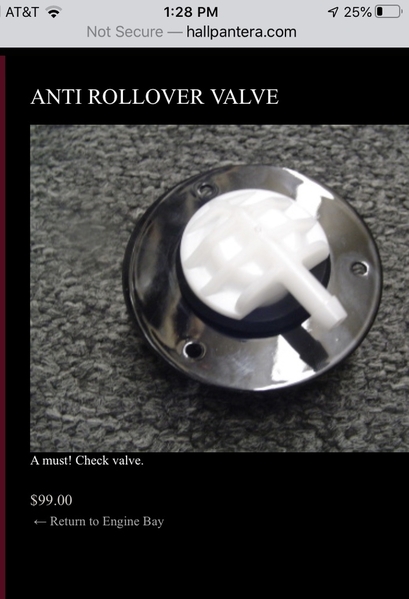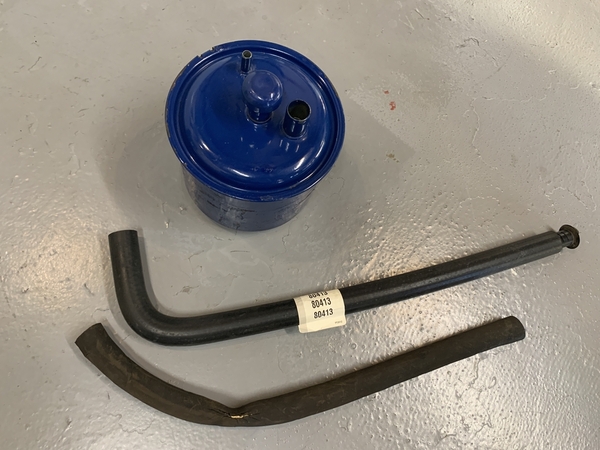There are TWO vents involved. With engine running the flow is- air is drawn into the air cleaner and filtered; a small amount is pulled from the ac into the left rocker cap via #1 vacuum hose, through the crankcase and via a second hose pulls air & blow-by out to #2 cap, all pulled via manifold vacuum into the intake plenum to be burned. Leaving #1 hose off only means that unfiltered air is drawn into the crankcase by manifold vacuum. In dusty areas you may notice that #1 rocker cover & cylinder head gets a little dirtier inside than #2. There are two different fully interchangable rocker cover grommets: OEM is noticeably larger OD than current replacements.
A 2nd place is from the filtered fuel tank vent near the sender to the charcoal canister (which only has a 5 yr operating life before it's hopelessly saturated), then to the air cleaner. When the engine is operating, fumes are sucked into the carb from the charcoal canister into the air cleaner & burned. Leaving out an ancient charcoal canister only means that sometimes you may smell tank fumes inside the car when first starting out. They are replaceable (stock Ford/Mercury/Lincoln) but ours has been gone for 35 yrs & we've never noticed....
The little sheet steel tank vent cover has a small piece of filter/baffle-foam inside that's probably disintegrated after nearly 50 yrs. Drill out 3 pop-rivets to access; the tank holes are threaded for screws but Ford saved a penny with unserviceable pop rivets. Remove the fuel sender next to the vent & reach inside with pieces of masking or duct tape to catch drilled-out rivet ends. Otherwise they will fall to the bottom of the tank and be difficult to fish out since they're aluminum. This is where Hall's economical (< $50) anti-rollover safety valve inserts. Such valves are mandatory in all modern cars. The tank vent will still be functional.


